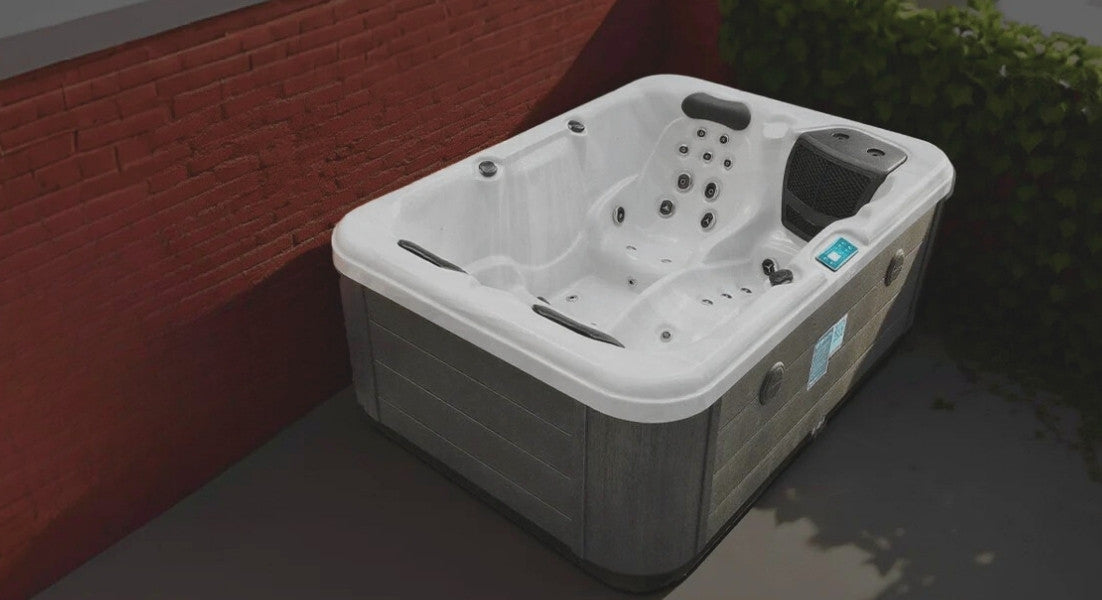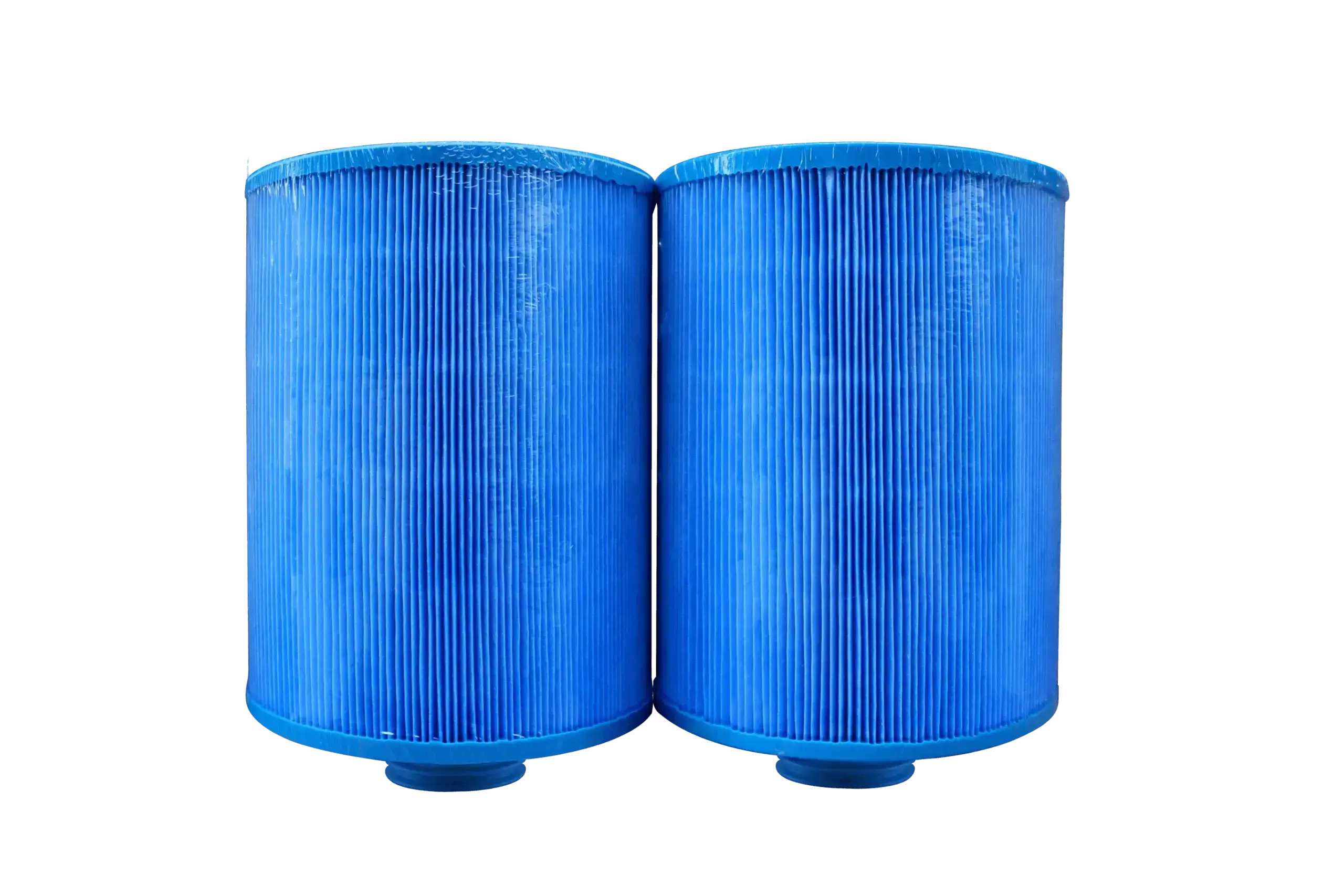Hot Tubs and Spas: A Quick Dive into Their History
People love hot tubs today, but did you know they've been around for ages? Different cultures have enjoyed the warm waters for thousands of years. Let's take a quick look at their journey.
Hot tubs and spas have become synonymous with relaxation and luxury in modern times. However, their origins trace back thousands of years, with various cultures recognizing the therapeutic benefits of warm water immersion. Let's dive into the rich history of hot tubs and spas and explore how they've evolved over the centuries.
Ancient Beginnings
The earliest recorded use of hot tubs can be traced back to ancient civilizations like the Egyptians and Greeks. They recognized the therapeutic properties of warm water and created baths for both communal and therapeutic purposes.
Egyptians: Around 2000 BC, they had big stone tubs filled with warm water, some flowers, and oils. It was their way to relax and feel good.
Greeks: They had public baths. People would hang out, chat, and enjoy the warm water. Even the famous guy, Hippocrates, said warm baths were good for health.
The Roman Influence
The Romans took the concept of bathhouses and elevated it to an art form. Their elaborate bath complexes, known as "Thermae," were architectural marvels equipped with underfloor heating systems. These baths were not just places for cleansing but also for socializing, exercising, and even intellectual discussions.
Asian Traditions
In Asia, particularly in Japan, natural hot springs, or "Onsen," have been a part of the culture for centuries. These communal bathing areas are often located in scenic areas, surrounded by nature, and are believed to have healing properties due to the mineral content of the water.
Modern Evolution
The 20th century saw a resurgence in the popularity of hot tubs, especially in the West. With advancements in technology, portable acrylic spas became popular, allowing people to enjoy the luxury of a spa in their backyards.
Today, hot tubs come equipped with a range of features, from hydrotherapy jets to mood lighting, making them a staple in many homes and wellness centers.
Benefits of Hot Tubs Through the Ages
Ancient Civilizations
1. Therapeutic Healing: Both the Egyptians and Greeks believed in the therapeutic properties of warm water. They felt that it could alleviate various ailments, from muscle pain to certain skin conditions.
2. Spiritual Cleansing: In many ancient cultures, water was seen as a purifying element. Immersion in warm water was often considered a spiritual ritual that cleansed the soul.
3. Relaxation and Stress Relief: The act of immersing oneself in warm water was seen as a luxury and a means to relax and escape the stresses of daily life.
The Roman Era
1. Social and Mental Well-being: Roman bathhouses were not just for bathing; they were social hubs. Engaging in discussions and social interactions in these communal spaces was believed to promote mental well-being.
2. Improved Circulation: The Romans often alternated between hot and cold baths, believing this process, known as "contrast bathing," helped improve blood circulation and invigorate the body.
3. Muscle and Joint Relief: The warm waters of the Roman baths were believed to provide relief from arthritis, muscle strains, and other physical ailments.
Asian Traditions
1. Natural Healing: The Japanese believed that the mineral-rich waters of their natural hot springs, or "Onsen," had healing properties. These waters were often sought after for skin conditions, rheumatism, and other ailments.
2. Connection with Nature: Being surrounded by nature while bathing in an Onsen was seen as a holistic experience, benefiting both the mind and body.
Modern Times
1. Hydrotherapy: Modern hot tubs, with their jets and ergonomic designs, are believed to offer therapeutic massages, helping with conditions like arthritis, insomnia, and even depression.
2. Detoxification: The heat from hot tubs promotes sweating, which is believed to help in detoxifying the body and promoting skin health.
3. Enhanced Sleep: Warm water immersion in the evening is believed to promote better sleep, as it can help lower cortisol levels and relax the muscles.
Throughout history, while the designs and technologies of hot tubs have evolved, the core belief in their therapeutic and relaxation benefits has remained consistent. From ancient limestone basins to today's state-of-the-art acrylic spas, the allure of the hot tub has always been its promise of relaxation, healing, and well-being.
FAQ: Delving Deeper into the History of Hot Tubs
Q: How did ancient civilizations heat their bathwater?
A: Ancient civilizations like the Egyptians and Greeks used natural methods, such as heating stones and placing them in water. The Romans, on the other hand, developed a more sophisticated system called the "hypocaust," an underfloor heating system.
Q: What's the difference between a hot tub and a spa?
A: While the terms are often used interchangeably, traditionally, a "hot tub" referred to wooden tubs with a simple heating system, while "spa" referred to more complex systems with jets and other features. Today, the distinction has blurred, and both terms are used to describe the same thing.
Q: Are there any historical figures known for their love of hot tubs?
A: Yes, many historical figures enjoyed the benefits of warm baths. For instance, Cleopatra was known for her luxurious milk and honey baths, and Julius Caesar was a frequent visitor to the Roman Thermae.
Q: How have the materials used to make hot tubs changed over time?
A: Early hot tubs were made from materials like limestone, clay, or wood. With technological advancements, modern hot tubs are primarily made from acrylic, fiberglass, or even stainless steel, offering durability and ease of maintenance.
Conclusion
Hot tubs have been around for a long time, and it's clear why. They're all about relaxation and feeling good. Whether it's a fancy Roman bathhouse or a modern tub in the backyard, the idea is the same: kick back, relax, and enjoy the warm water. So next time you're in a hot tub, think of all the folks from history who loved it just as much as you do!
More articles from Spas Wholesale
- The Surprising Health Benefits of a Hot Tub
- Top 10 Essential Tips Every New Hot Tub Owner Should Know
- Chlorine or Bromine: Selecting the Ideal Sanitiser for Your Hot Tub Experience
- The Benefits of Hot Tubs for Skin Health
- Your Ultimate Guide to Spa Delivery and Installation
- Troubleshooting Hot Tub Problems: Water Issues
- 10 Benefits of Owning a Swim Spa
- Removing White Mold from Spas
- 8 Most Frequently Asked Questions About Spa Ownership





Share:
Hot Tub FAQ: Everything You Need to Know About Owning a Hot Tub
The Social and Psychological Benefits of Hot Tub Gatherings